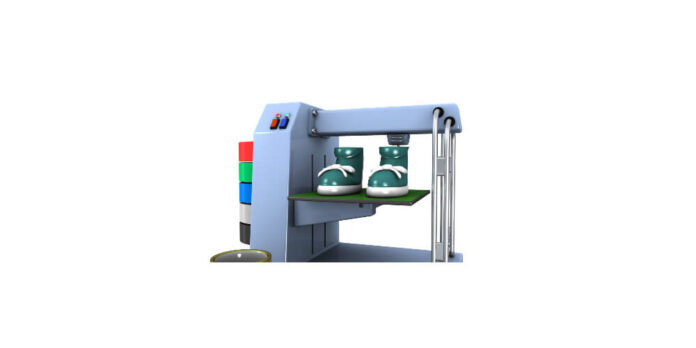There are different types of 3D printers, such as SLA, SLS, and FDM 3d printer. The latter FDM (Fused Deposition Modelling) is the most common technology. For you to choose the best printer, you must understand its application and know the strength and weaknesses of each. We discuss the factors to look out for in 3D printers down below.
Factors To Look Out For In 3d Printers
1. High Energy Consumption
The printers use electricity to operate. They consume 100 times more power than traditional manufacturing methods. Generally, the cost of electricity is usually high everywhere, and most companies find it hard to cope with the bills. Due to this, the printers are suitable for printing prints in small batches as opposed to large ones. Large volumes may be cost-effective but not on electricity.
2. Limited Materials
The materials that can be used for 3D printing are limited. Most machines use a selection of metals or plastics since they are cheap to manage, and many other raw materials are not suitable for use. Not all plastics or metals behave well when the heat is applied, and it isn’t easy to control their temperature. Also, most materials cannot be reused or recycled; hence they are not safe for us or the environment.`
3. Limited Build Size
Some 3D printers like the SLA have a small printing space, limiting the size of prints to be produced. For bigger prints, you’ll be forced to either get a more massive machine or print small parts separately then manually join them together when production is done. Doing this may lead to design inaccuracies. They might need post-processing methods to correct, clean up the build, and give a high-quality finish. They include water jetting, sanding, chemical soaking, etc. It is not only time-consuming but also increases the cost of production.
4. Copyright Problems
3D printing has made it easier for piracy to take place. Files are stored in a virtual library, and it’s easy to get access to them and print as many as you want. After printing, one can copy the design and come up with a fake one or sell the original model at a lower price putting the business owner off the market.
5. Development of Health Issues
Harmful gases are emitted when the materials are subjected to heat. Plastics produce fumes that are harmful to humans when they are heated. Inhaling large volumes of these fumes affects the breathing system, causing congestion. During additive manufacturing, particles are released into the air, which is said to be carcinogenic, thus end up causing cancer in the long run.
6. Job Scarcity
With the emerging of new technologies, jobs are being lost as machines are becoming automated. Labour force is no longer a requirement, and only a few people are needed to start the printers like one can be controlled by one or two personnel. As the years go by, more people are set to lose their jobs, which will be a huge problem as most countries rely on these jobs to keep the economy stable.
Conclusion
As much as 3D printers have changed how people view technology, there are still drawbacks that come with them, that are not highlighted openly. With the above disadvantages, it will take time to do away with the traditional manufacturing methods completely.











